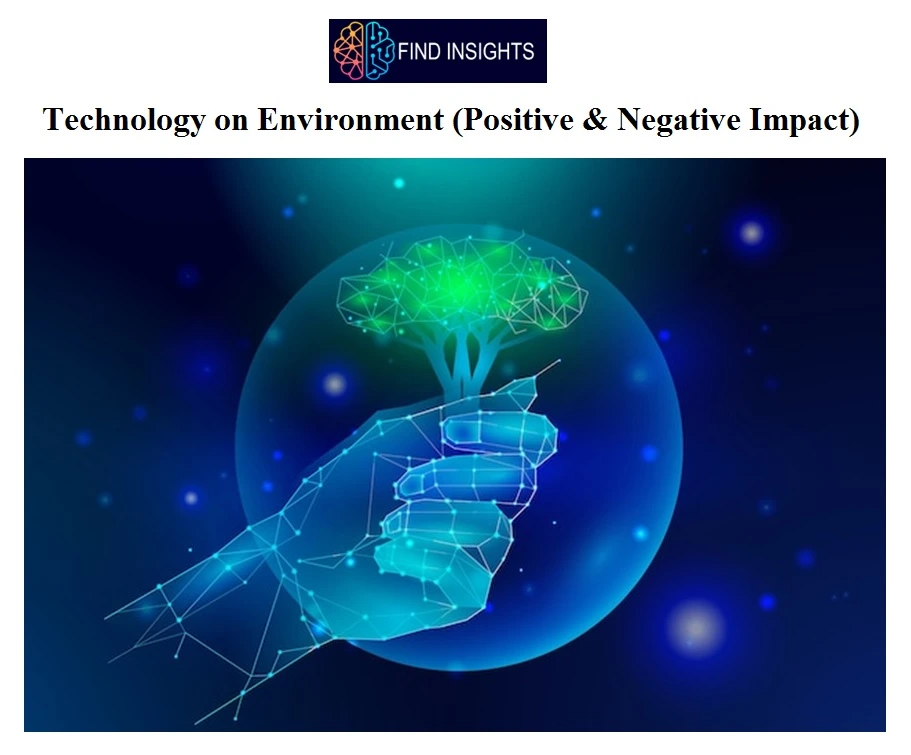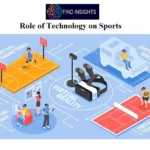
Introduction – Technology on environment:
Technology on environment can have both positive and negative impacts. On the one hand, technological innovations can help us reduce our environmental footprint and promote sustainable practices. For example, renewable energy technologies like solar and wind power can help reduce greenhouse gas emissions and mitigate climate change.
On the other hand, technology can also contribute to environmental degradation. For example, the production, use, and disposal of electronic devices can lead to the release of toxic chemicals into the environment. Additionally, the increasing use of energy-intensive technologies like air conditioning and transportation can contribute to climate change by increasing energy consumption and greenhouse gas emissions.
Impact of Technology on Environment

The impact of technology on the environment can be both positive and negative.
Positive Impact of Technology on Environment
Some of the positive impacts include:
- Renewable energy: Technology has helped to develop renewable energy sources such as solar, wind, and hydro power. These sources of energy are clean and do not contribute to air pollution or climate change.
- Improved efficiency: Technology has helped to improve the efficiency of processes and equipment, which can reduce energy consumption and waste. For example, energy-efficient appliances and LED lighting can help to reduce energy use and save money on utility bills.
- Environmental monitoring: Technology can help to monitor the environment and detect pollution, enabling us to take action to reduce it. Sensors and remote monitoring systems can detect changes in air quality, water quality, and other environmental factors.
Negative Impact of Technology on Environment
Some of the negative impacts include:
- Electronic waste: The production and disposal of electronic devices can lead to environmental pollution and the release of toxic chemicals into the environment.
- Energy consumption: The increasing use of energy-intensive technologies like air conditioning, transportation, and data centers can contribute to climate change by increasing energy consumption and greenhouse gas emissions.
- Resource depletion: The production of technology requires the use of natural resources, including minerals, metals, and water. The mining and extraction of these resources can lead to environmental degradation and the depletion of natural resources.
Overall, it is important to consider the impacts of Technology on environment and to develop strategies to minimize the negative impacts while maximizing the positive ones. This requires a combination of innovation, regulation, and responsible consumption practices
LIKE WHAT YOU’RE READING?
CHECK OUT SOME OF OUR OTHER GREAT CONTENT HERE
- Role of Technology in the Education
- Usage of Technology in Education
- Technology Impact in Education
- Importance of Technology on Education
- Technology Impact on Jobs – Explained
- WHAT IS THE DEFINITION FOR TECHNOLOGY? EXPLAINED




2 Comments